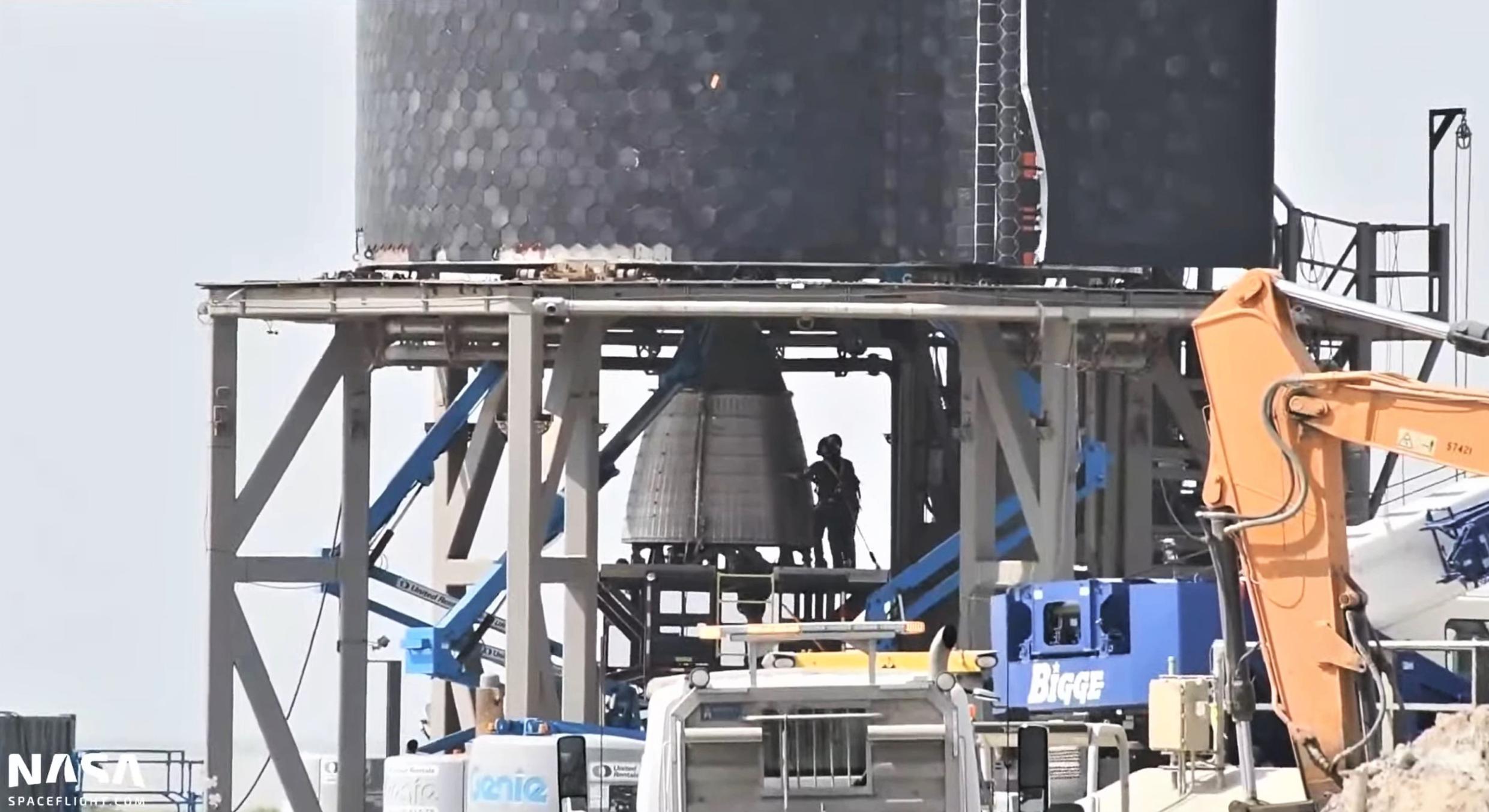
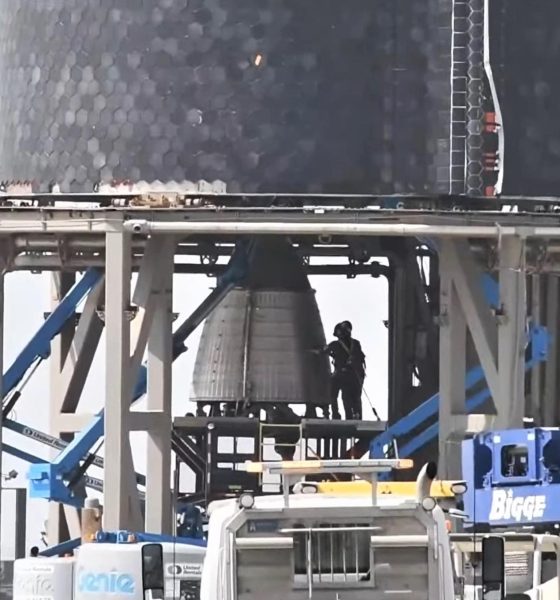
News
SpaceX installs Raptor Vacuum engine on first orbital-class Starship
Update: Providing the best views yet of the Raptor Vacuum installation process, SpaceX began installing one of Starship S20’s six engines (one of at least two recently trucked to the launch site) on Monday morning.
It remains to be seen exactly how many engines will be installed on Ship 20 or how many will be ignited during its first static fire test but barring the delivery of more Raptors, signs currently point to an initial test of two engines – one sea-level-optimized Raptor Center (RC) and one Raptor Vacuum with a much larger nozzle. Whenever Ship 20 does fire up those engines, it will be the first static fire of a RVac engine installed on a Starship and the first simultaneous, side-by-side static fire of two different Raptor variants. Since publishing time, SpaceX has cancelled a Tuesday road closure, pushing Starship S20’s first static fire attempt to no earlier than (NET) Wednesday evening.
For the third time in two months, SpaceX has begun installing Raptor engines on its first orbital-class Starship prototype – hopefully for good.
In no uncertain terms, Starship 20’s (S20) path to what could be its last Raptor installations has been about as windy and mysterious as they come. Starship 20 (S20) left the Starbase factory floor for the first time in early August – all six Raptors installed in another program first – for a brief fit check and photo op. After spending about an hour installed on top of Super Heavy Booster 4 (B4), Ship 20 was removed and returned to the build site, where teams removed all six engines and finished wiring and plumbing the vehicle.
Days before the ship’s long-anticipated trip to Starbase’s suborbital launch site for qualification testing, the mount SpaceX prepared for the process quickly had hydraulic rams – used to safely simulate Raptor thrust – were abruptly removed. Starship S20 was then installed on the Pad B mount, where SpaceX proceeded to reinstall six Raptors. Weeks later, after slow heat shield repairs neared completion, SpaceX again removed Ship 20’s Raptors and reinstalled the hydraulic rams it had removed – unused – the month prior. Finally, on September 30th, some seven weeks after the prototype arrived at the suborbital launch site, SpaceX put Starship S20 through its first major test – a lengthy ‘cryoproof’.
Now, ten days after completing a seemingly flawless cryoproof test on its first try, SpaceX has once again trucked multiple Raptors – at least one sea level and one vacuum engine – from the Starbase build site to Starship S20’s suborbital test stand. From the outside looking in, it’s hard not to view the contradictory path S20 took to its first tests – and is still taking to its first static fire(s) – as an unusually visible sign of some kind of internal tug of war or major communication failure between different SpaceX groups or executives.
It’s impossible to determine anything specific beyond the apparent fact that several of the steps taken from Ship 20’s first factory departure to its first cryoproof and static fire tests could have probably been deleted entirely with no harm done and many dozens of hours of work saved. At the end of the day, Starship S20 completed cryoproof testing without issue on the first try and is now seemingly on track to begin its first static fire test campaign later this month.
At the moment, SpaceX has three possible static fire test windows scheduled from 5pm to midnight CDT on Tuesday, Wednesday, and Thursday (Oct 12-14). A similar Monday window was canceled days ago on October 7th, suggesting that more cancellations are probably on the horizon. For now, there’s a chance that Starship S20 – with anywhere from two to all six Raptor engines installed – will fire up for the first time before next weekend. It’s hard to say how exactly SpaceX will proceed. It’s not inconceivable that SpaceX will install all six engines and gradually ramp up to a full six-engine static fire over several tests.
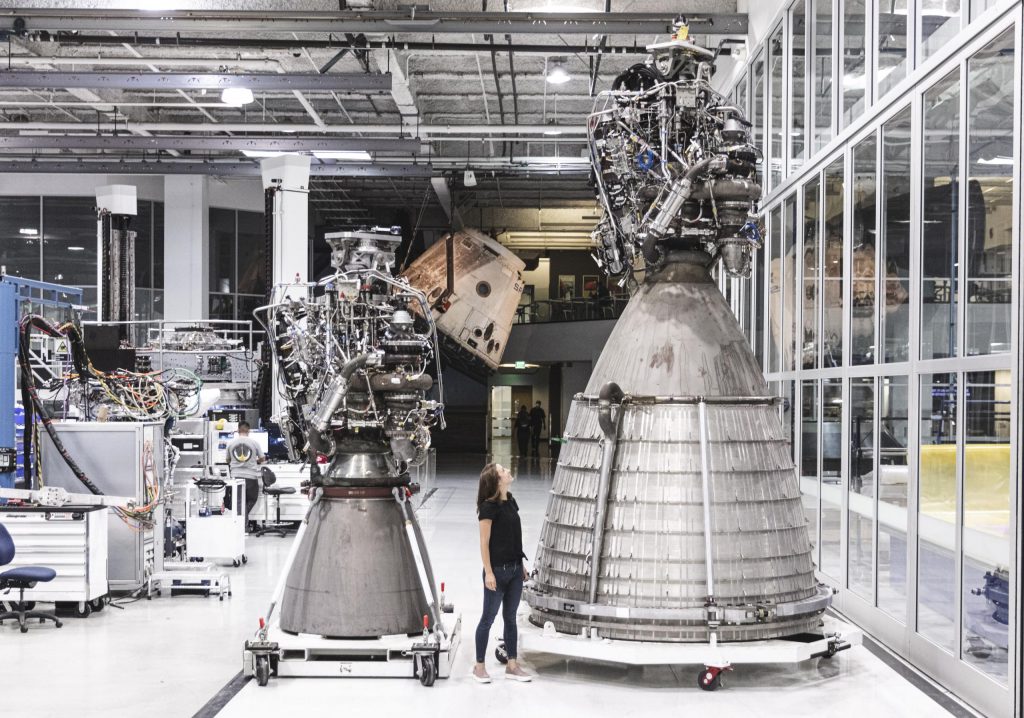
Given that SpaceX has already static fired three Raptor Center (RC) engines on multiple Starship and Super Heavy prototypes, odds are good that Starship S20’s test campaign will be similar – beginning with a three-Raptor static fire, in other words. SpaceX could then add one, two, or all three Raptor Vacuum engines into the fray for one or more additional tests with 4-6 engines total. It’s also possible that suborbital launch mount and pad limitations will prevent more than three engines from firing at once, in which case SpaceX would presumably perform two separate tests of Ship 20’s Raptor Center and Raptor Vacuum engines.
Given that two Raptor variants have never been static fired simultaneously on the same vehicle, it’s hard to imagine that SpaceX won’t also want to perform one or several combined static fires with Raptor Vacuum and Raptor Center engines on Ship 20.

News
Tesla Model X lost 400 pounds thanks to these changes
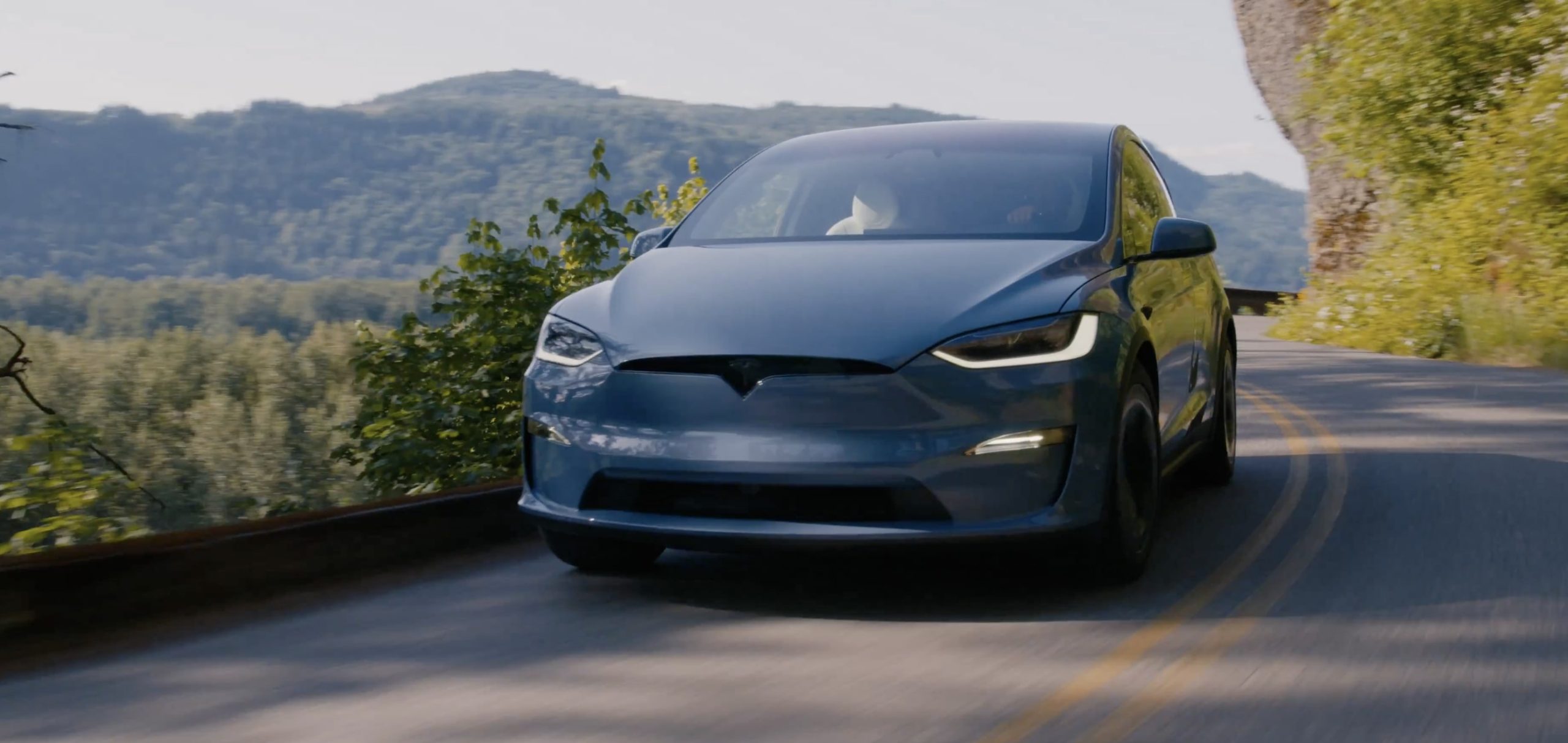
The Tesla Model X has always been one of the company’s most loved vehicles, despite its low sales figures, which can be attributed to its high price tag.
However, the Model X has been a signature item on Tesla’s menu of cars, most notably recognized by its Falcon Wing Doors, which are aware of its surroundings and open according to what’s around it.
But recent improvements to the Model X were looking slim to none, but it appears most of the fixes actually happened under the body, at least according to Tesla’s Vice President of Powertrain, Lars Moravy.
In a recent interview with Car and Driver, Moravy detailed all of the changes to the 2026 iteration of the vehicle, which was about 400 pounds lighter than it was originally. The biggest change is a modification with the rear motor, switching from an induction-type motor to a permanent-magnet design and optimizing the half-shafts, which shed about 100 pounds.
Tesla also got “almost 80 pounds out of the interior bits and pieces,” which “included making parts thinner, different manufacturing process choices, and incorporating airbag-deployment requirements into the headliner fabric,” the report said.
Additionally, the standard five-passenger, bench seat configuration saved 50 pounds by ditching pedestal mounting. This also helped with practicality, as it helped the seat fold flat. Engineers at Tesla also saved 44 pounds from the high-voltage wiring through optimizing the wiring from the charge-port DC/DC converter and switching from copper to aluminum wiring.
Tesla makes a decision on the future of its flagship Model S and Model X
Tesla also simplified the cooling system by reducing the number of radiators. It also incorporated Nürburgring cooling requirements for the Plaid variant, which saved nearly 30 pounds.
Many Tesla fans will be familiar with the megacastings, manufactured in-house by presses from IDRA, which also saves more than 20 pounds and boosts torsional stiffness by around 10 percent. Tweaks to the suspension also saved 10 pounds.
People were truly disappointed with what Tesla did with the Model S and Model X, arguing that the cars needed a more severe exterior overhaul, which might be true. However, Tesla really did a lot to reduce the weight of the vehicle, which helps increase range and efficiency. According to Grok, every 200 pounds removed adds between 7 and 15 percent to range estimations.
This makes sense considering the range estimations both increased by 7 percent from the Model X’s 2025 configuration to the 2026 builds. Range increased on the All-Wheel-Drive trim from 329 miles to 352 miles, while the Plaid went from 314 miles to 335 miles.
News
Tesla launches its new branded Supercharger for Business with first active station
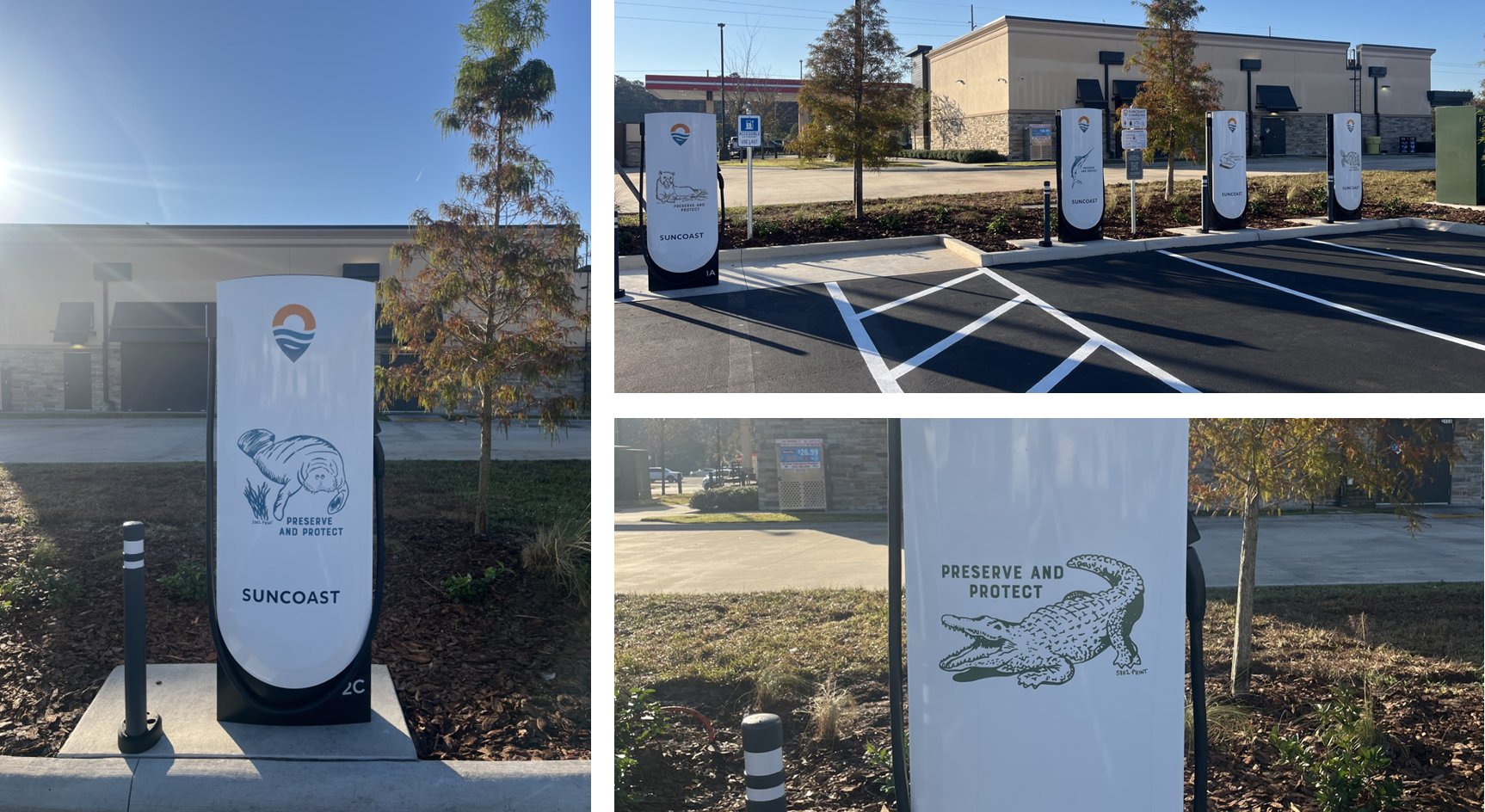
Tesla has officially launched its first branded Supercharger just months after initiating a new program that allows third-party companies to brand their own charging piles.
The site opened in Land O’ Lakes, Florida, and features eight V4 Supercharging stalls offering up to 325 kW of charging speed. It appears it was purchased by a company called Suncoast Credit Union. This particular branch is located Northeast of Tampa, which is on the Gulf of Mexico.
It features graphics of Florida animals, like alligators:
Here’s a video of the graphics being installed on the Tesla Superchargers at this site: https://t.co/oIfEPNZjAH pic.twitter.com/ENWakZ2qT9
— TESLARATI (@Teslarati) November 20, 2025
Tesla launched this program back in September, and it basically was a way to expand its Supercharger presence and also allow companies to pay for the infrastructure. Tesla maintains it. When it announced the “Supercharger for Business,” it said:
“Purchase and install Superchargers at your business. Superchargers are compatible with all electric vehicles, bringing EV drivers to your business by offering convenient, reliable charging.”
The program does a few things. Initially, it expands EV charging infrastructure and makes charging solutions more readily available for drivers. It can also attract people to those businesses specifically.
Tesla launches new Supercharger program that business owners will love
The chargers can also be branded with any logo that the business chooses, which makes them more personalized and also acts as an advertisement.
The best part is that the customers do not have to maintain anything about the Supercharger. Tesla still takes care of it and resolves any issues:
“We treat your site like we treat our sites. By providing you with a full-service package that includes network operations, preventative maintenance, and driver support, we’re able to guarantee 97% uptime–the highest in the industry.”
It appears the Superchargers will also appear within the in-car nav during routing, so they’ll be publicly available to anyone who needs to use them. They are still available to all EVs that have worked with Tesla to utilize its infrastructure, and they are not restricted to people who are only visiting the business.
Cybertruck
Tesla reveals its Cybertruck light bar installation fix
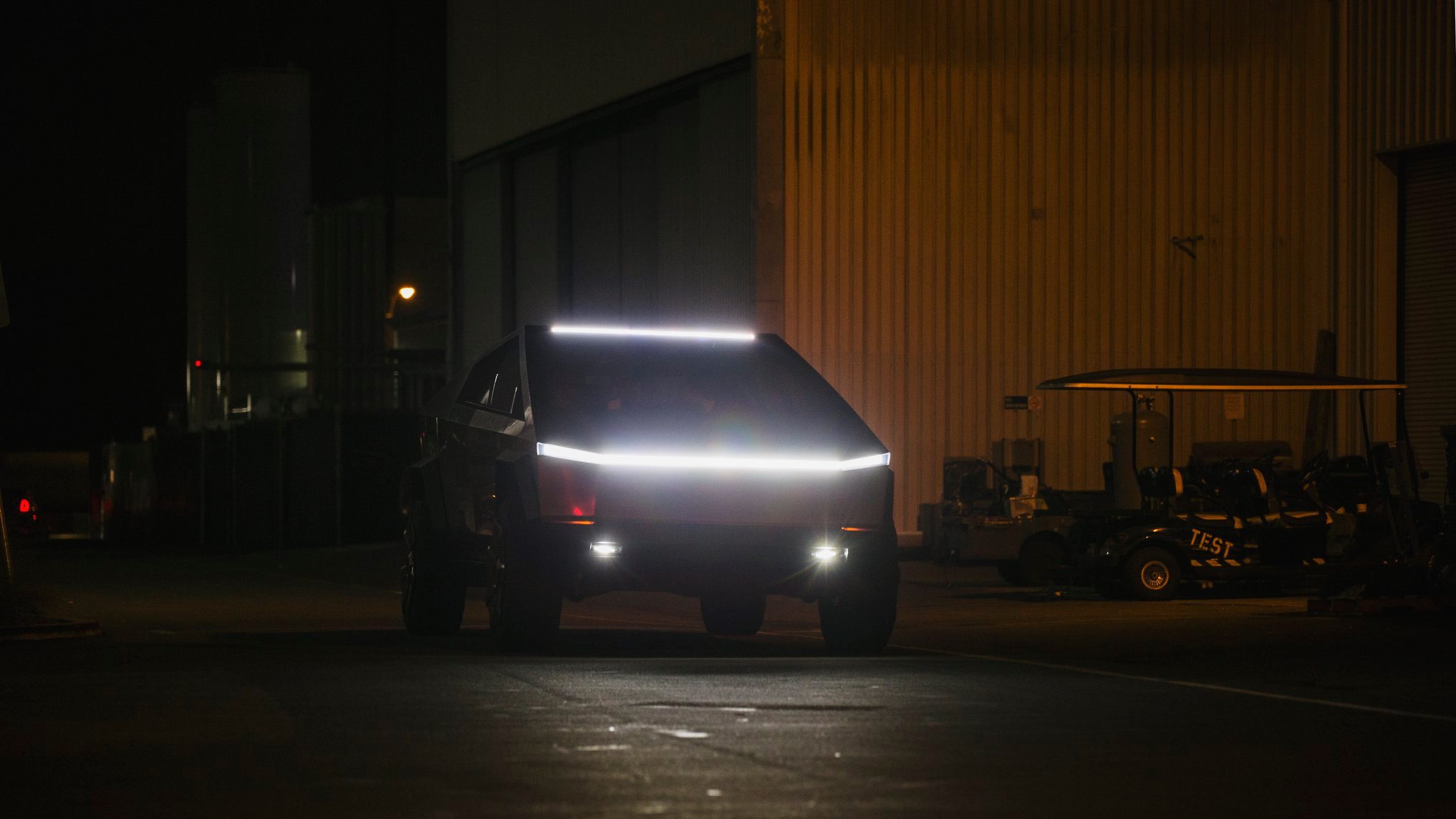
Tesla has revealed its Cybertruck light bar installation fix after a recall exposed a serious issue with the accessory.
Tesla and the National Highway Traffic Safety Administration (NHTSA) initiated a recall of 6,197 Cybertrucks back in October to resolve an issue with the Cybertruck light bar accessory. It was an issue with the adhesive that was provided by a Romanian company called Hella Romania S.R.L.
Tesla recalls 6,197 Cybertrucks for light bar adhesive issue
The issue was with the primer quality, as the recall report from the NHTSA had stated the light bar had “inadvertently attached to the windshield using the incorrect surface primer.”
Instead of trying to adhere the light bar to the Cybertruck with an adhesive, Tesla is now going to attach it with a bracketing system, which will physically mount it to the vehicle instead of relying on adhesive strips or glue.
Tesla outlines this in its new Service Bulletin, labeled SB-25-90-001, (spotted by Not a Tesla App) where it shows the light bar will be remounted more securely:
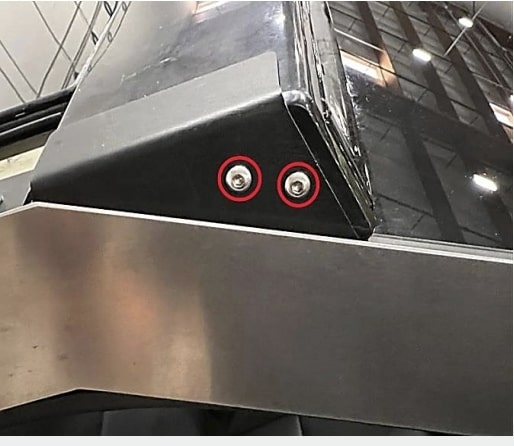
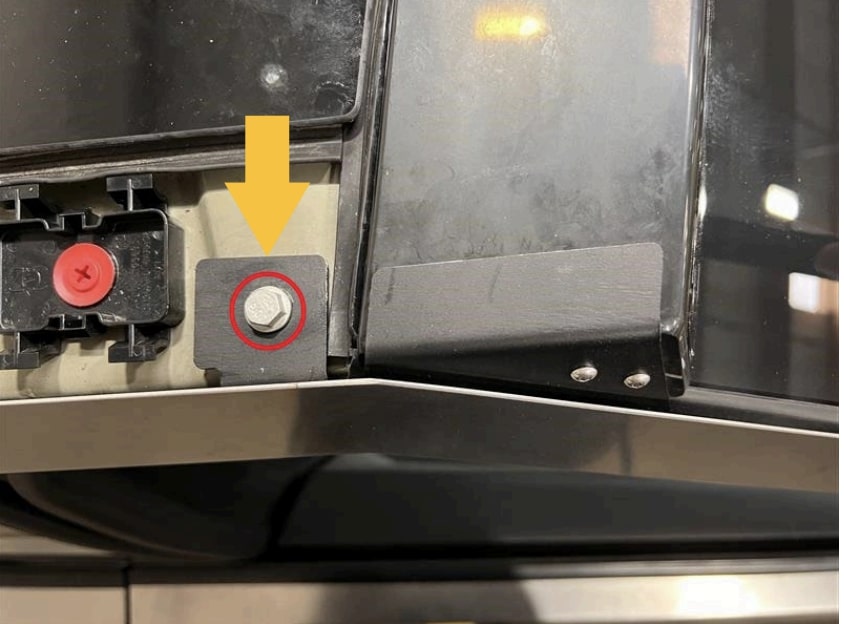
The entire process will take a few hours, but it can be completed by the Mobile Service techs, so if you have a Cybertruck that needs a light bar adjustment, it can be done without taking the vehicle to the Service Center for repair.
However, the repair will only happen if there is no delamination or damage present; then Tesla could “retrofit the service-installed optional off-road light bar accessory with a positive mechanical attachment.”
The company said it would repair the light bar at no charge to customers. The light bar issue was one that did not result in any accidents or injuries, according to the NHTSA’s report.
This was the third recall on Cybertruck this year, as one was highlighted in March for exterior trim panels detaching during operation. Another had to do with front parking lights being too bright, which was fixed with an Over-the-Air update last month.








